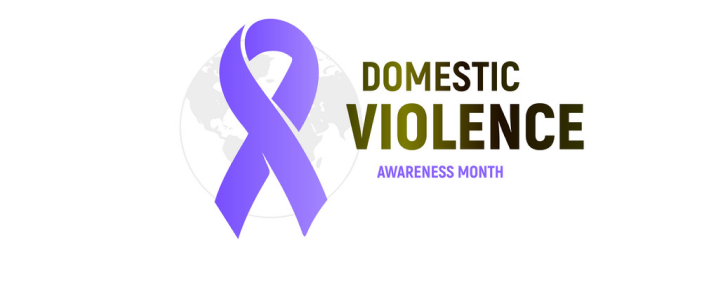The following mechanisms are used to detect and prevent violence against women and/or domestic violence:
- Criminal Justice mechanisms;
- Civil Justice mechanisms;
- Administrative and legal mechanisms;
Criminal Justice mechanisms It is used in the case when the fact of violence against women and/or domestic violence contains signs of a criminal offense. For example: there is harassment, threats, mutilation of the body and others.
Civil Justice mechanisms are used to compensate the damages caused as a result of violence against women and/or domestic violence in the manner established by the civil legislation of Georgia.
Administrative and legal mechanisms (Protective and Restraining Orders)
It is used by issuing a restraining order/protective order, as well as in cases where the nature of the offense, in accordance with the legislation of Georgia, does not lead to criminal liability and it can be prevented by applying the norms of the Code of Administrative Offenses of Georgia.
Restraining order-is an act issued by an authorized police officer, which determines temporary measures for the protection of the victim in the case of violence against women and/or domestic violence, and which takes effect immediately after its issuance. It is sent/delivered to the victim and the aggressor within 24 hours, and one copy of the restraining order remains with the issuing authority.
A protective order is an act issued by a court of first instance (judge) in the manner of administrative proceedings, which, in the case of domestic violence, determines temporary protection measures for victims of violence. These measures are not applied in the event when a criminal prosecution has been initiated against a person and he has been sentenced to imprisonment as a preventive measure.
What is the difference between restraining and protective orders?
A restraining order is issued by a police officer directly during the response to the fact (when calling the police during a specific incident of violence) and it becomes effective immediately.
Thus, the difference between a protective and restraining order is in its issuing authorities, the decision to issue a protective order is taken by the court, and a restraining order is taken by an authorized police officer.
A protective order may require the abuser to undergo a mandatory training course focused on changing violent attitudes and behavior.
The right to request the issuing of a protective order has the victim, as well as a member of his/her family or a person who provides medical, legal, psychological assistance to the victim, and in the case of violence against a minor, the body of guardianship and care.
A restraining order is issued for a period of up to 1 month. A protective order is issued for a period of up to 6 months. The validity period of the protective order can be extended by the decision of the court during the period of validity of the order and additionally for no more than 3 months if there is a danger to the victim or another family member.
A restraining order is effective immediately upon issuance. It is sent/delivered to the victim and the perpetrator within 24 hours, and one copy of the restraining order remains with its issuing authority.
A restraining order can be appealed by the abuser within 3 days of its submission.


